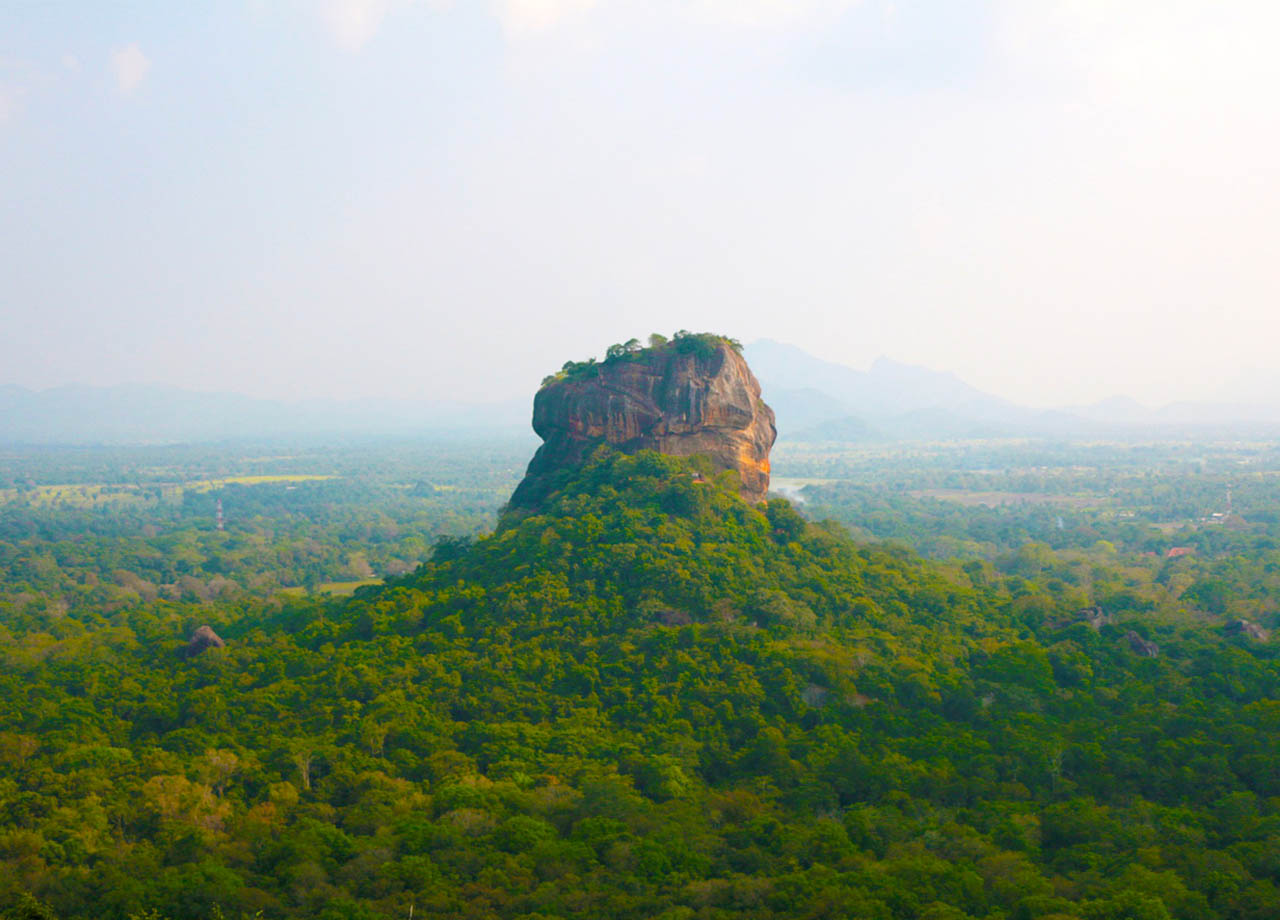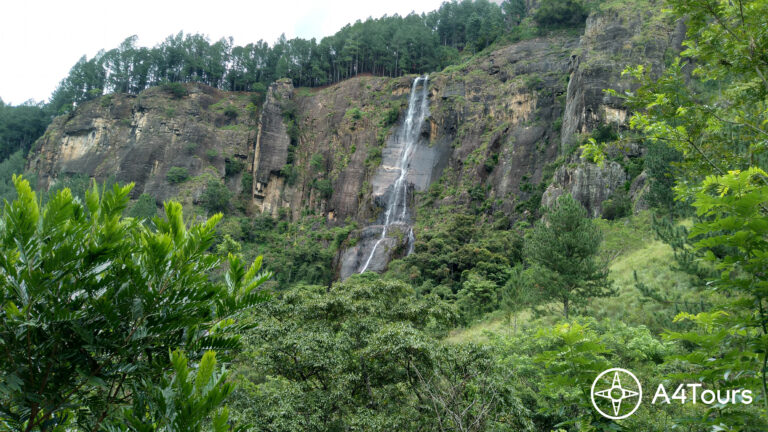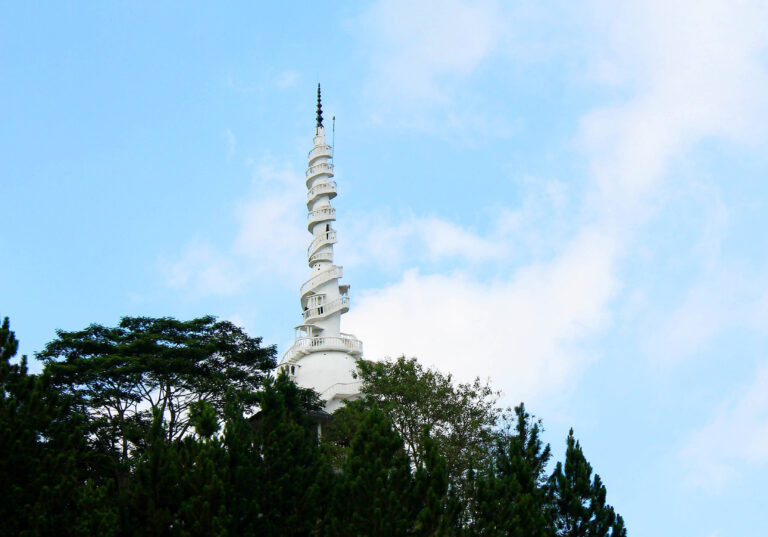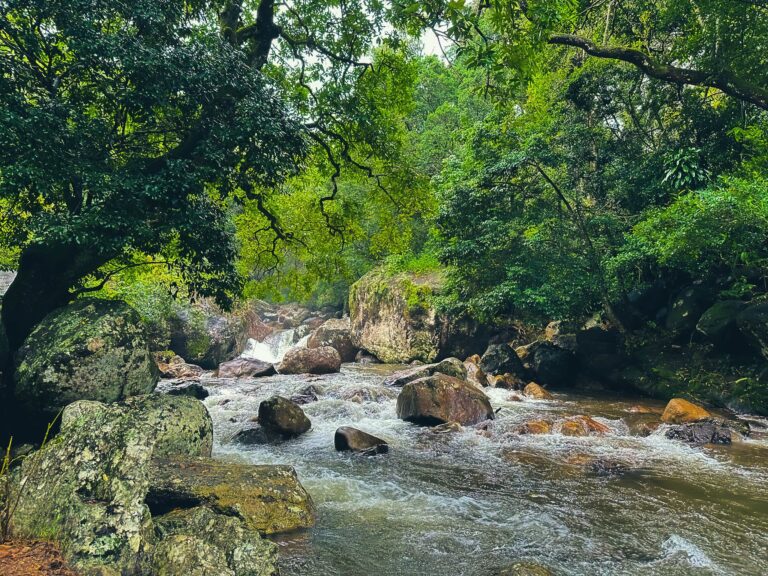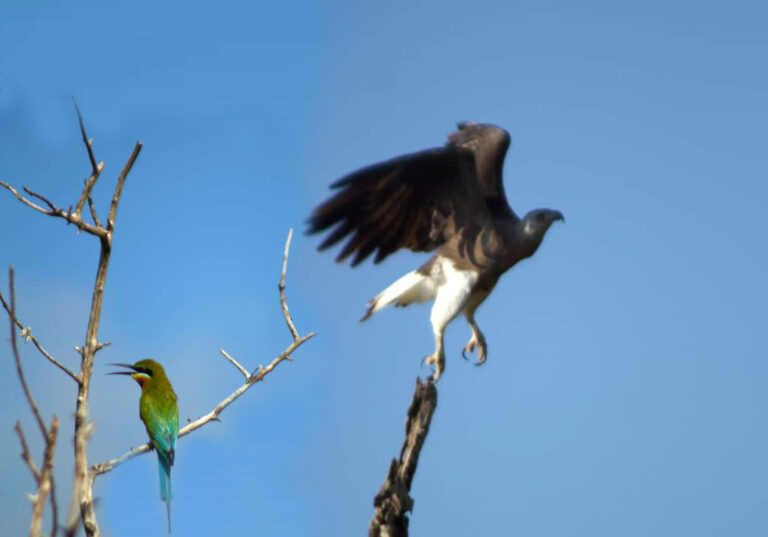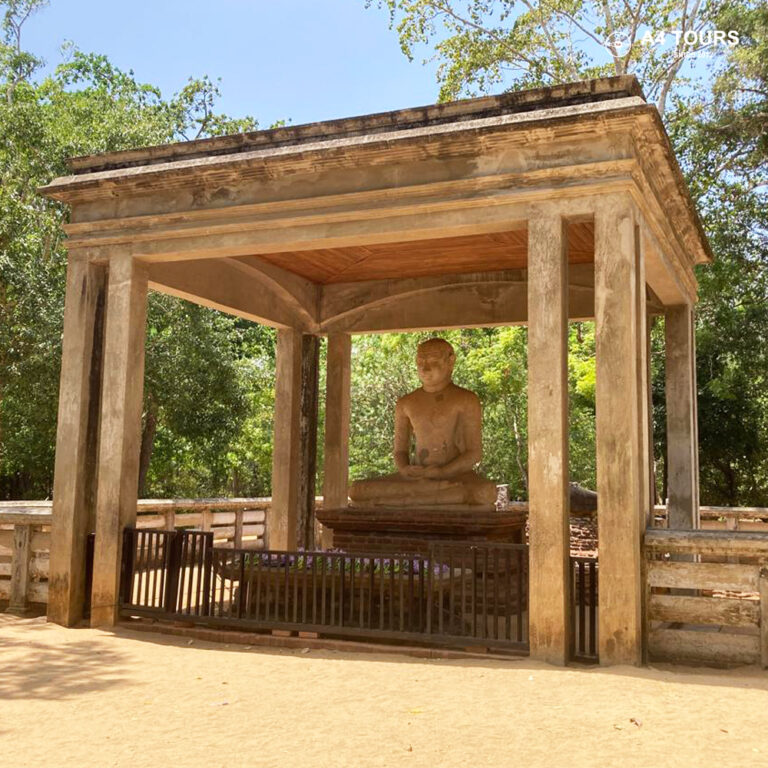The Majestic Lion Rock of Sri Lanka
Sigiriya, also known as the Lion Rock, is one of Sri Lanka’s most iconic landmarks and a UNESCO World Heritage Site. Rising nearly 200 meters above the surrounding plains, this ancient fortress is a remarkable blend of history, architecture, art, and natural beauty.
The History of Sigiriya
The history of Sigiriya stretches back thousands of years, with evidence of human settlements dating as far back as 5,000 years. Prehistoric rock shelters and early cave dwellings found in and around the area reveal the site’s importance since ancient times.
Sigiriya entered Sri Lanka’s recorded history during the 5th century AD, under the reign of King Kashyapa (477 – 495 AD). According to chronicles, Kashyapa seized the throne after a palace coup and moved his capital from Anuradhapura to Sigiriya. He transformed the rock into a royal citadel, building an impressive palace complex on its summit, surrounded by stunning gardens and defensive walls.
After Kashyapa’s death, Sigiriya lost its status as a royal capital and later became a Buddhist monastery, before being abandoned and reclaimed by nature for centuries.
The Architecture and Design
Sigiriya is admired worldwide for its unique urban planning and sophisticated engineering. The entire complex is a perfect example of ancient city design, combining natural and man-made elements in harmony. The main highlights include:
1. The Water Gardens
The water gardens of Sigiriya are considered some of the most advanced hydraulic systems of their time. They consist of a series of pools, fountains, and channels that use gravity and underground conduits to distribute water. Remarkably, some of these fountains still work today during the rainy season.
2. The Boulder Gardens
At the base of the rock, the Boulder Gardens feature large boulders that were used as natural fortifications. Walkways wind between these massive stones, leading to various viewing platforms and entrances.
3. The Terraced Gardens
These gardens climb the slopes of the rock in a series of concentric terraces, creating a grand approach to the summit. They demonstrate the brilliance of ancient landscape design.
The Famous Sigiriya Frescoes
One of Sigiriya’s most celebrated attractions is the collection of 5th century frescoes painted on the rock face, approximately 100 meters above the ground. These paintings, depicting beautifully adorned women, are believed to represent celestial maidens or royal attendants. Though only a few survive today, they offer a glimpse of the advanced artistic talent of ancient Sri Lanka.
The Mirror Wall
Another fascinating feature of Sigiriya is the Mirror Wall, a smooth, polished wall once so reflective that the king could see his own image. Over the centuries, visitors etched poems and thoughts onto this wall, creating one of the oldest examples of ancient graffiti in the world.
The Summit and Royal Palace
The summit of Sigiriya is where King Kashyapa’s royal palace once stood. The top of the rock, which spans nearly 1.5 hectares, contains the remains of royal buildings, water tanks, and a large throne carved from stone. Standing on the summit today offers breathtaking 360 degree views of the surrounding landscape a reward for those who climb the 1,200 steps to the top.

